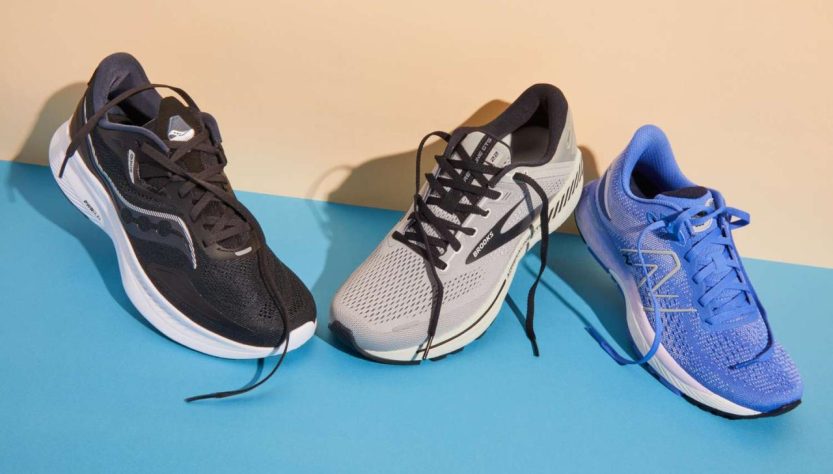Athletic shoe technology has advanced significantly, with materials playing a pivotal role in enhancing performance, comfort, and durability. The choice of materials in athletic footwear isn’t merely about aesthetics; it directly influences your performance in various physical activities.
Breathability and Comfort
One of the crucial aspects of athletic shoe materials is breathability. Fabrics like engineered mesh or knit materials offer superior breathability, allowing air to circulate and heat to escape, keeping your feet cool and dry during workouts. This comfort factor reduces the likelihood of blisters and discomfort, enhancing your overall performance.
Flexibility and Range of Motion
Materials that offer flexibility and adaptability are essential for natural movement. Shoes constructed with flexible materials like certain synthetic blends or knits allow for a greater range of motion, enabling your feet to move naturally while providing support where needed. This flexibility is particularly crucial in activities requiring agility or quick movements.
Support and Stability
Stability and support are vital in athletic footwear, especially for activities involving lateral movements or high impact. Materials like durable synthetic overlays or specialized structural elements provide stability, reinforcing the shoe’s structure and offering support to prevent injury or strain during dynamic movements.
Cushioning and Impact Absorption
The cushioning properties of shoe materials significantly impact your comfort and performance. Advanced foams, gels, or air-filled pockets within the midsole absorb impact, reducing stress on your joints and muscles. The right cushioning material can enhance energy return, aiding in propulsion and reducing fatigue during prolonged activities.
Durability and Longevity
The durability of shoe materials determines how long your footwear will last. High-quality materials, reinforced stitching, and abrasion-resistant overlays contribute to the longevity of the shoe. Durable materials ensure that your shoes maintain their performance qualities even after extended use, providing consistent support and protection.
Surface Interaction and Traction
Outsole materials and patterns directly influence traction and grip. Rubber compounds, varying tread patterns, and specialized traction designs cater to different surfaces. The right outsole material ensures optimal grip, preventing slips and enhancing stability during various activities.
The Quest for the Perfect Material
Athletic shoe manufacturers constantly explore and innovate materials to achieve the perfect balance between comfort, support, durability, and performance. The ongoing quest for new materials and combinations aims to enhance athletic shoes’ functionality, providing athletes with footwear that complements their abilities and activities.
Conclusion
The impact of materials in athletic shoes is profound, influencing every aspect of your performance and comfort. Understanding the role of different materials in providing breathability, flexibility, support, cushioning, durability, and traction can help you make informed choices when selecting footwear. Remember, the right materials aren’t just about the shoe’s appearance; they are the foundation of your performance and protection during physical activities.
